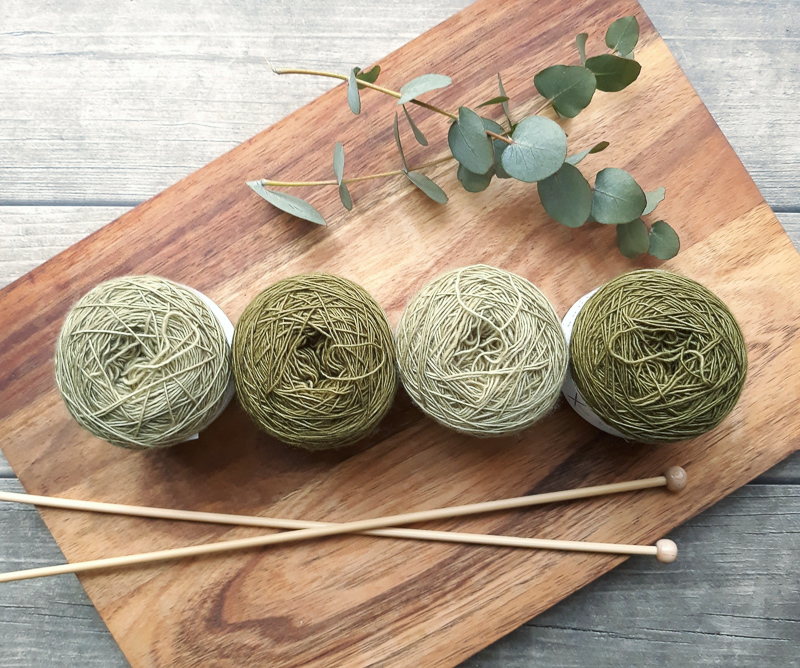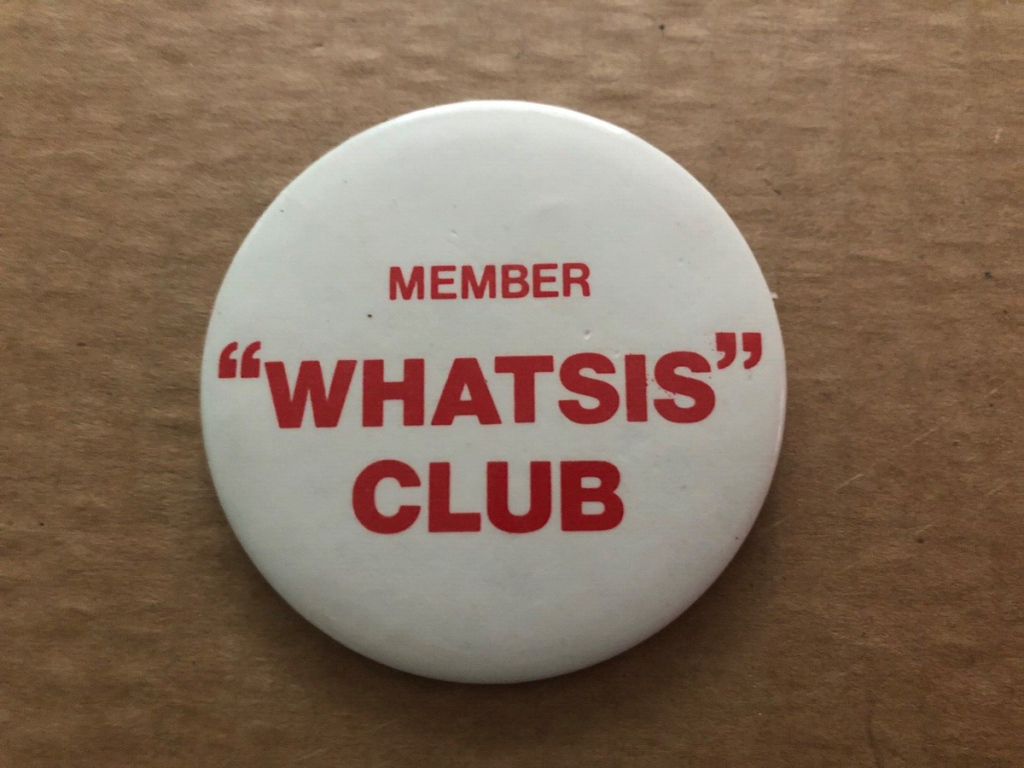When KathLynne Lauterback, 64, retired in January 2020, she and her husband planned to move to a new place and to travel. But just a few months later, the COVID-19 pandemic struck. A health crisis sent her husband to the hospital, and she couldn’t visit him except by phone or video chat. Lauterback lapsed into a doom loop of fretting and worry.
“I had switched from a very demanding job to doing nothing,” she said. “Everything we had fantasized about doing in retirement was on hold.”
For relief, Lauterback turned to another item on her retirement bucket list: learning to draw and paint. She signed up for a course taught over Zoom by a Dallas, TX, artist.
“I discovered that I love working with colored pencils,” she said. “It helps me deal with the emotional changes in my life. It relaxes me and it fills the time.”
Finding Joy in Creativity
Like Lauterback, many older adults have found a lifeline in arts and crafts during the pandemic. Knitting, woodworking, painting, sculpting, baking, quilting and other crafts saw a resurgence as people spent more time at home, starting in March 2020. Retailers of craft materials saw spikes in sales. Some supplies, like yeast, even became hard to find.
Creative activities served as a buffer that helped many older adults cope with isolation, stress and fear during the pandemic, according to James C. Kaufman of the Neag School of Education at the University of Connecticut, Storrs. He points to research that suggests that participation in arts—crafts as well as dance, singing or painting—helps increase social engagement, stave off depression and keep older adults mentally engaged and active.
“Being immersed in something creative, often losing track of time and one’s surroundings, can be intensely joyful,” he said.
“Healing” is a word that many people echoed in describing their crafting, in whatever medium. The repetition in crafting can be calming and meditative. Choosing and working with materials of different colors and textures is stimulating and enjoyable. Acquiring or improving skills engages the brain and reinforces a sense of mastery. The act of creating connects older adults with fellow crafters and even with memories—such as recalling the grandmother who taught them how to knit. The pleasure of a finished product can boost a person’s mood.
During the pandemic, quilters and sewers around the world sat up and said, ‘I can help!’
—Kris Stevenson
Crafts have also given some older adults a sense of purpose during the pandemic. Kris Stevenson, 56, works part time at Fabric Fanatics, a retail fabric shop in Plano, TX. When it closed for normal business due to a lockdown, the shop sold mask-making kits via curbside pickup. Stevenson was gratified as the community, including many older adults, banded together to sew more than 3,000 masks, all donated to retirement homes, hospitals and neighbors. Stevenson also teamed up with fellow parents who sewed bell covers for musical instruments for the local high school band, to reduce the risk of spreading the virus through the wind instruments.
“During the pandemic, quilters and sewers around the world sat up and said, ‘I can help! This is actually something I can do!’” Stevenson said. An older friend, in her early 80s, told her, “It just feels so good to have something that I can do to contribute, to help.”
Crafting also leads older people to tap into their creativity, according to Mark Runco, director of creativity research and programming at Southern Oregon University. He’s embarking on a study of people who started crafting during the pandemic, with hopes that the research will help highlight what he calls “everyday creativity.”
Runco thinks creativity is an overlooked coping strategy that helps many people, including those who don’t consider themselves to be creative, and even contributes to happiness and overall mental health.
“Creativity researchers tend to focus on socially recognized creativity, such as the work of artists and performers,” Runco said. “But any activity that is original and effective is a form of creativity.”
Connection during Isolation
Many older adults found that crafting helped connect them with others while they were stuck at home. After Julie Hatch Fairley opened JuJu Knits in Fort Worth, TX, in 2019, the shop quickly turned into a hangout for crafters; many would stop in to knit, crochet, ask questions and socialize. After the shop closed in March 2020, customers continued to gather virtually to share their current projects.
Similarly, when Candace Leshin’s bridge group stopped meeting due to the pandemic, she found a new group to connect with virtually.
“I had always thought, ‘One of these days I’m going to learn how to quilt,’” said Leshin, 72, a retired skin pathologist. “’One of those days’ came when I was sitting at home with nothing else going on.” She signed up for a quilting class (offered in-person, in a large space that allowed for social distancing, with masks required) and fell in love. As a bonus, it connected her with a community of women.
“It’s like the old-fashioned quilting bee,” she said. “We gather to talk and work at the same time.”
Once she learned the basics of quilting, Leshin came up with an idea. She’d spent decades looking at skin cells under a microscope, teaching students how to recognize the unique pattern of each type. She’d make a “skin quilt,” with each block representing the patterns unique to a skin type or abnormality.
“Look at a fabric with a colorful abstract design,” she said. “Other people see some blobs or dots or lines; I see a pattern.” Lines remind her of a stratum corneum (outer layer of the skin); a dotted fabric looks like lymphocytes (white blood cells). Using purchased fabrics, embroidery and appliques, she crafted squares representing patterns of abnormal skin cells, like basal and squamous cell carcinomas and melanomas—each a pleasing, colorful, abstract design. She plans to enter the finished quilt in a local competition this fall.
Besides tactile pleasures, crafters get that sense of achievement that comes with completing a project.
“I love coming up with ideas, picking a pattern and piecing it together,” she said. “It’s hard to explain, but quilting is exciting. It opened a whole universe to me.”
Crafting can also offer simple joys: the tactile pleasures of handling colorful yarns or fabrics; the sense of achievement that comes with completing a project. For many, it can also be a way of creating a legacy, Kaufman said. His late grandmother took up painting in later life. Two of her paintings hang in his living room.
“It’s a tiny bit of immortality, and there’s something to be said for that,” he said.
For Mari Madison, 66, quilting brought back a connection to her past. She spent time in quarantine repairing an old quilt made by her great-grandmother around 1936. As a child, she had helped her grandmother repair the quilt, which was tied to some unhappy memories for the older woman.
“By helping my grandmother process a very painful time from her past, I learned a lesson in self-care,” she said. She heeded that lesson in 2020, picking up the quilt and repairing it again as she processed the stress of the pandemic and the turbulent political scene in the United States.
For Robert San Juan, 54, a Dallas, TX, software quality engineer by day and an actor by night, crafting helped fill a creative deficit. The pandemic closed the local theaters where he normally performs. He’s single and couldn’t safely visit his mother or his siblings. That left him with time on his hands. He decided to try his hand at drawing and painting, something he hadn’t done since college.
“I’m a little bit of a perfectionist,” he said. “But this was just something to do and a way to express myself. The physicality of putting a pencil or paintbrush to paper made me feel better.” He started posting photos of his drawings and paintings on Facebook and Instagram and got many positive responses.
“I’ve accomplished something that’s touched people,” he said. “Just doing this made me happy. The act of creation, regardless of what it is, is a human need that most people need to fill.”
Collaboration and Community
Crafting can become an outlet for shared mourning, like Stitching the Situation, a collaborative memorial of the COVID-19 pandemic. The massive cross stitch project involves crafters from every state, many of them older adults. Each volunteer receives a kit and stitches a fabric panel that represents a single day of the pandemic; each panel’s border features red stitches representing those who died and blue stitches representing the case count. The volunteer then creates a design for the center, such as a portrait of a loved one who died; a reminder to mask up; or an image of the COVID virus. Participants share photos on Instagram and gather in Zoom meetings.
“It’s creating a space to contemplate and think about what’s happened,” said organizer Heather Schulte. “It’s a meaningful way for those who lost loved ones to process grief, especially given that families can’t gather for a funeral.”
Schulte is collecting the individual panels and wants to eventually launch an exhibit. She hopes the project might play a role in the COVID-19 pandemic similar to that of the AIDS Memorial Quilt during the HIV epidemic: a traveling exhibit that could offer a space for meditation and collective healing.
One participant, Nancy Bonig, 72, an artist in Monument, CO, chose to make the square representing October 29, 2020, the day that a relative of hers passed away from COVID-19. More than 88,000 new cases were reported, and 971 Americans died that day. Bonig’s design for the center is a flock of blue butterflies.
“As I stitch my panel, most of the time I have tears in my eyes,” she said. “I realized how fortunate I am and how difficult this has been for so many.”
This was just one in a series of new crafting projects that Bonig took on during the pandemic. After closing her fused glass art studio, she tried quilting, making hand-painted shoes, and crocheting hats, gloves and scarves for the homeless.
“I have to create something every day,” she said. “It’s an outlet for me, like eating or breathing.”
And for many older adults, crafting was the outlet that helped them weather the pandemic—giving them a sense of purpose, accomplishment and connection with other crafters and providing a distraction from the stress.
“We’ve been in chaos most of the past year,” said Lauterback. “I’m a worrier; I had a much more difficult time without something to focus on. Drawing gives me a little harbor.”

Freelance writer Mary Jacobs lives in Plano, TX, and covers health and fitness, spirituality, and issues relating to older adults. She writes for the Dallas Morning News, the Senior Voice, Religion News Service and other publications; her work has been honored by the Religion Communicators Council, the Associated Church Press and the American Association of Orthopaedic Surgeons. Visit www.MaryJacobs.com for more.



